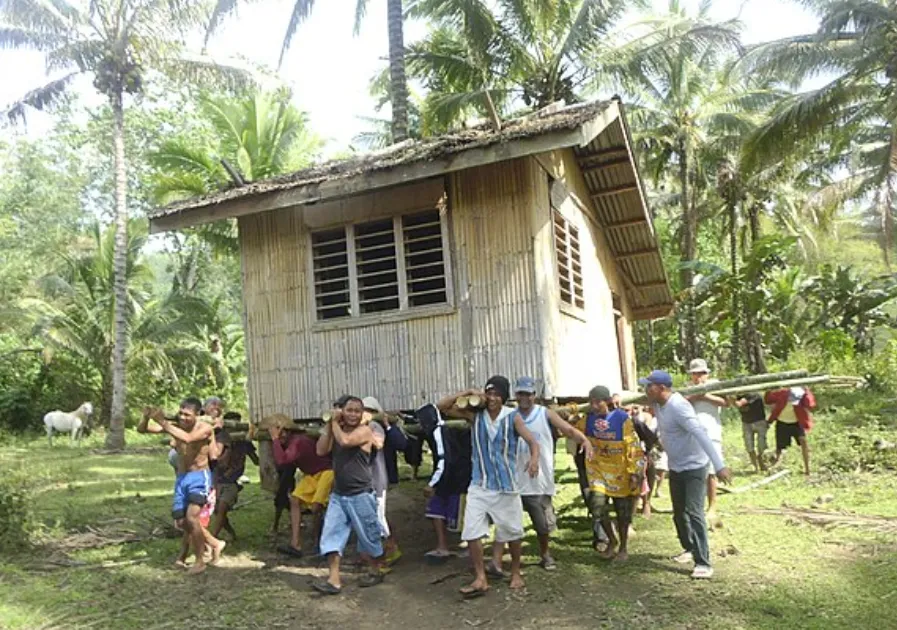
Filipino Culture and Traditions
Introduction Filipino Culture and Traditions
Filipino Culture and Traditions The Philippines is a country rich in culture and traditions, shaped by centuries of history and diverse influences. From its indigenous roots to the impact of Spanish, American, and other Asian cultures, the Filipino way of life is a fascinating mix of old and new. Whether it’s their strong sense of family, love for festivals, or delicious food, Filipinos take great pride in their heritage.
The Core Values of Filipinos
Bayanihan – The Spirit of Communal Unity
Bayanihan refers to the Filipino tradition of helping one another, especially in times of need. The term originated from the practice of neighbors helping to move a house by carrying it together. Today, bayanihan is still evident in volunteerism and community service.
Pakikisama – Social Harmony and Camaraderie
Filipinos value smooth interpersonal relationships and always strive for harmony within a group. This is why they often avoid conflicts and prioritize friendships and cooperation over personal gain.
Utang na Loob – The Value of Gratitude
Filipinos deeply value gratitude, especially when someone helps them. Utang na loob is a sense of indebtedness not just financially but emotionally and socially as well.
Hiya – A Deep Sense of Shame and Modesty
Hiya is a cultural trait that instills a sense of humility and propriety. Filipinos avoid actions that might bring shame to themselves or their families.
Filipino Family and Relationships
Strong Family Ties and Extended Families
In the Philippines, family comes first. Extended families often live together, and family support is essential in all aspects of life.
Respect for Elders (Mano Po and Po/Opo)
Filipinos show respect for elders by using “po” and “opo” in conversations and by performing “mano po,” a gesture where they take an elder’s hand and place it on their forehead.
Courtship and Marriage Traditions
Traditional Filipino courtship involves serenading (harana) and family involvement. Weddings are elaborate and often involve several pre- and post-wedding celebrations.
Filipino Festivals and Celebrations
The Philippines is known for its colorful festivals. Sinulog, Ati-Atihan, and Pahiyas are just a few that showcase the country’s religious and cultural heritage. Filipinos also celebrate the longest Christmas season in the world!
Filipino Cuisine
Filipino food is a delightful fusion of indigenous, Spanish, Chinese, and American influences. Adobo, Sinigang, and Lechon are among the most beloved dishes. Street food like balut and fish balls are also widely popular.
Language and Dialects
While Filipino is the national language, the country has over 170 regional languages and dialects. English is also widely spoken, making the Philippines one of the most English-proficient countries in Asia.
Filipino Arts and Literature
Traditional dances like Tinikling and music like Kundiman showcase the rich artistic heritage of the country. Philippine literature is also deeply rooted in history, with folklore, myths, and epics passed down through generations.
Religion and Beliefs
The Philippines is predominantly Catholic, but indigenous beliefs still exist. Holy Week and Simbang Gabi are significant religious observances for many Filipinos.
Modern Filipino Lifestyle
With Western influences, globalization, and the rise of social media, modern Filipino culture is a blend of tradition and contemporary lifestyle. The presence of millions of OFWs has also shaped Filipino society.
Conclusion Filipino Culture and Traditions
Filipino culture is vibrant, diverse, and deeply rooted in tradition. Despite the influence of modernization, Filipinos continue to value family, faith, and community. Their resilience and love for celebration make their culture unique and worth preserving.
FAQs Filipino Culture and Traditions
- What makes Filipino culture unique?
- Its blend of indigenous, Spanish, American, and Asian influences makes it truly distinct.
- Why do Filipinos value family so much?
- Family is the foundation of Filipino society, offering support, love, and guidance.
- What are the most famous Filipino traditions?
- Bayanihan, mano po, and elaborate festivals like Sinulog and Ati-Atihan.
- How does Filipino cuisine reflect its culture?
- It showcases diverse influences and a love for communal dining.
- How has globalization influenced Filipino traditions?
- Western culture and technology have changed lifestyles, but traditions remain strong.
Check out also philippines geography
